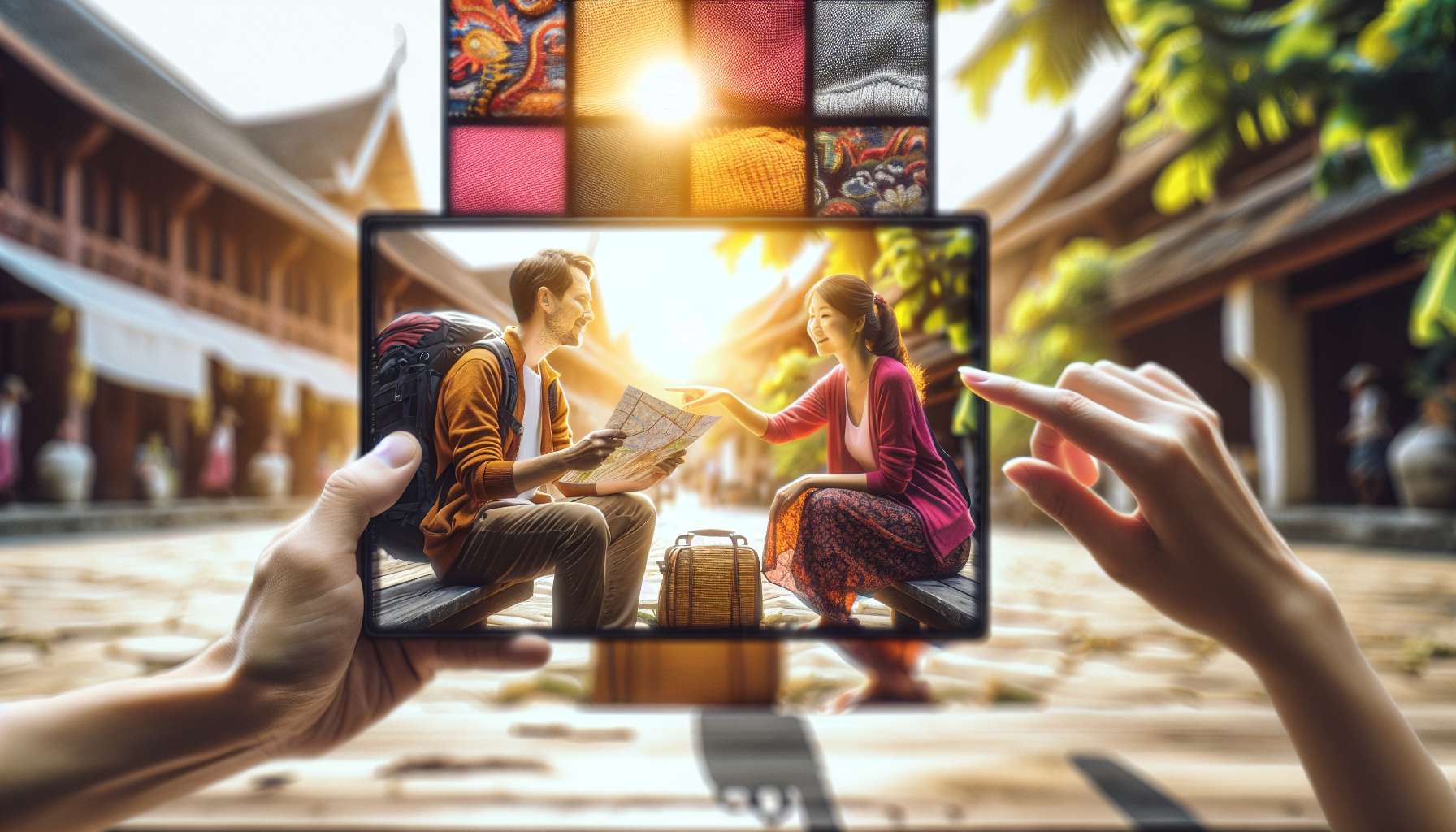The Science Behind AR: How It Works and Its Benefits for Tourism
Augmented Reality (AR) has become a buzzword in recent years, captivating the imagination of both tech enthusiasts and businesses alike. This cutting-edge technology has the potential to revolutionize various industries, and one sector that stands to benefit greatly from AR is tourism. In this article, we will delve into the science behind AR, explore how it works, and highlight its numerous benefits for the tourism industry.
Understanding Augmented Reality
At its core, AR is a technology that overlays digital information onto the real world, enhancing our perception and interaction with our surroundings. Unlike Virtual Reality (VR), which immerses users in a completely virtual environment, AR blends the virtual and physical worlds seamlessly. It achieves this by utilizing computer vision, depth tracking, and object recognition technologies.
Computer vision allows AR devices to understand and interpret the real world through cameras and sensors. Depth tracking enables the device to perceive the distance and position of objects, while object recognition allows it to identify and track specific objects or markers. By combining these technologies, AR can superimpose digital content onto the real world, creating an interactive and immersive experience.
AR’s Benefits for Tourism
The tourism industry is all about creating memorable experiences for travelers, and AR has the potential to take these experiences to a whole new level. Here are some of the key benefits of AR in tourism:
- Enhanced Information and Navigation: AR can provide tourists with real-time information about their surroundings, historical facts, and points of interest. It can also offer interactive maps and navigation guides, making it easier for travelers to explore unfamiliar destinations.
- Virtual Tours and Experiences: With AR, tourists can enjoy virtual tours of landmarks, museums, and attractions, even if they are unable to visit them physically. This opens up new possibilities for remote tourism and allows travelers to immerse themselves in cultural experiences from anywhere in the world.
- Language Translation: Language barriers can often hinder communication and understanding while traveling. AR can help overcome this challenge by providing real-time translation services, allowing tourists to understand signs, menus, and conversations in their preferred language.
- Interactive Marketing: AR can be used by tourism businesses to create interactive and engaging marketing campaigns. For example, hotels can offer virtual room tours, restaurants can showcase their dishes in 3D, and travel agencies can provide virtual previews of vacation packages.
- Improved Safety and Accessibility: AR can assist tourists in navigating unfamiliar environments safely. It can provide real-time alerts about potential hazards, offer guidance during emergencies, and even assist individuals with disabilities by providing audio descriptions and accessibility information.
Real-World Examples
AR is already making waves in the tourism industry, with several notable examples showcasing its potential. For instance, the National Museum of Singapore has implemented an AR guide that enhances visitors’ experience by providing additional information and interactive elements. In addition, the Louvre Museum in Paris offers an AR app that allows visitors to explore the museum’s artwork in a unique and immersive way.
Furthermore, companies like Google and TripAdvisor are integrating AR features into their travel apps, enabling users to view virtual 3D models of hotels, restaurants, and attractions. This empowers travelers to make more informed decisions and have a better understanding of what to expect before they arrive at their destination.
The Future of AR in Tourism
The future of AR in tourism looks promising. As the technology continues to advance, we can expect even more innovative applications and seamless integration into our travel experiences. From personalized recommendations based on individual preferences to interactive AR city tours, the possibilities are endless.
AR has the potential to transform the way we explore and engage with the world around us. By unlocking the science behind AR and understanding its benefits for tourism, businesses in the industry can harness this technology to create unforgettable experiences for travelers and gain a competitive edge in the market.





